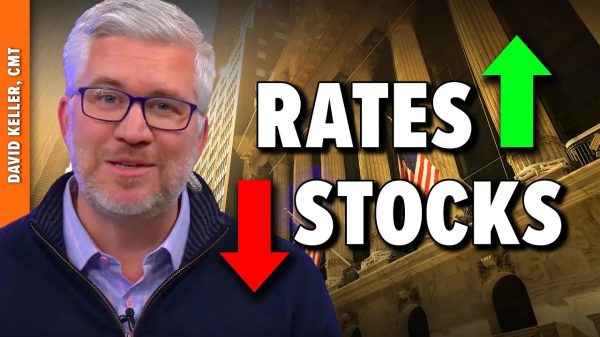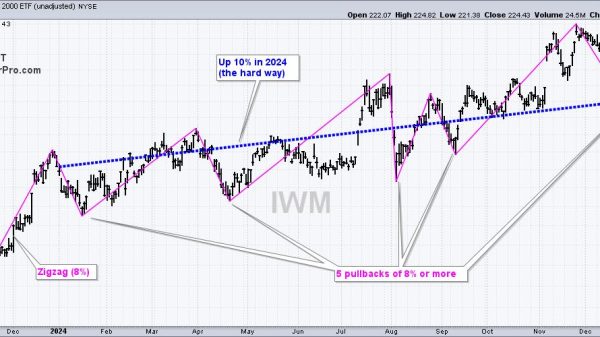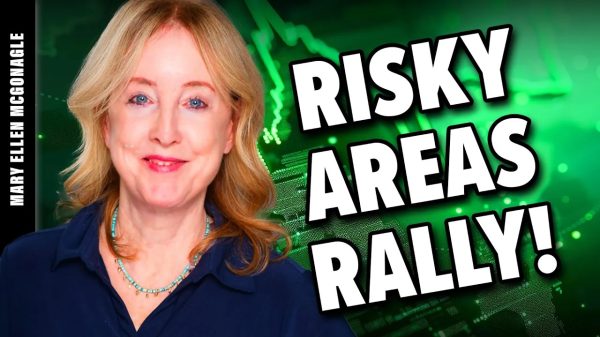Romina Boccia
With a 2023 deficit of $2 trillion and the Treasury needing to roll over about one‐third of publicly held debt at now much higher interest rates within one year, legislators are beginning to more seriously grapple with the fiscal and economic costs of unsustainable government debt. Among the most promising options: empowering a fiscal commission to overcome the political gridlock plaguing Congress.
Despite a favorable retelling of history, modeling such a commission after the 1981 Greenspan Commission is bound to fail.
During a congressional hearing held by the House Budget Committee, on the need for a fiscal commission to help Congress solve the growing debt issue, former Senator Rob Portman (R‑OH) said,
“On the question of what’s worked and what hasn’t worked. BRAC has worked. The Base Realignment and Closure process. […] Another model would be the ’81 Greenspan Commission, which was a bipartisan group of experts and members of Congress.”
I’ve previously written about why BRAC, the successful Base Realignment and Closure commission model, offers the most promising path to avoiding a severe fiscal crisis. See here and here.
The Greenspan Commission, however, failed. Its members were unable to come to agreement within the commission structure, and the final product fell short of the goals the president had set for it. Using the Greenspan Commission as a model to develop recommendations to stabilize the debt is unlikely to work. Had it not been for the imminent pressure of indiscriminate cuts to Social Security bringing Congress to the table, we would likely remember the Greenspan Commission’s track record very differently.
A Brief History of the Greenspan Commission
President Ronald Reagan established the National Commission on Social Security Reform, as the Greenspan Commission was officially called, by executive order on December 16, 1981. Alan Greenspan ended up chairing the commission, which is how it got its name. Its goal was to avoid indiscriminate Social Security benefit cuts, scheduled to occur about a year later. As President Reagan instructed in the executive order, the commissioners were to:
review relevant analyses of the current and long‐term financial condition of the Social Security trust funds;
identify problems that may threaten the long‐term solvency of such funds;
analyze potential solutions to such problems that will both assure the financial integrity of the Social Security System and the provision of appropriate benefits;
and provide appropriate recommendations to the Secretary of Health and Human Services, the President, and the Congress.
The commission had 15 members, with five members each selected by the president and the House and Senate majority leaders (in consultation with their respective minority leaders). No more than three of the five commissioners chosen by each designated leader could be affiliated with their own party.
The Greenspan Commission was made up of seven members of Congress and eight outside experts, including some former members of Congress and presidential advisors. Perhaps its most compelling feature was that current members of Congress made up a minority of its members, with the majority consisting of former politicians, presidential advisers, and other non‐elected experts. Despite this composition, the commission failed to generate solutions to resolve Social Security’s financing crisis as commission members could not agree on reforms. Instead, they were bailed out by a subgroup that formed at the last minute and that worked directly with leaders in the White House to negotiate a deal the commission ended up voting for.
The Greenspan Commission Failed
While the Greenspan Commission’s final report became the basis for H.R. 1900, the Social Security Amendments of 1983 (P.L. 98–21), how the commission arrived at this result, and the fact that Congress had to step in with amendments to resolve about one‐third of the projected long‐range actuarial deficit, illustrates the Greenspan Commission’s failures.
As reported by the nonpartisan Congressional Research Service:
“By the last formal meeting on December 10, 1982, the commission had failed to develop consensus recommendations. The impasse was broken when a smaller group of commission members and White House officials began to meet privately in December 1982. In the end, the recommendations in the commission’s final report were projected to resolve two‐thirds of Social Security’s projected long‐range funding shortfall, leaving Congress to resolve the rest.”
Robert M. Ball, former commissioner of Social Security from 1962 to 1973 who served as House Speaker Tip O’Neill’s representative on the Greenspan Commission, published a book about his experience on the Commission in 2011. In The Greenspan Commission: What Really Happened, Ball reported,
“Nothing […] should obscure the fact that the National Commission on Social Security Reform was not an example of a successful commission. The commission itself stalled […] after reaching agreement on the size of the problem that needed to be addressed. As a commission, that was as far as it got. […]
“To suggest that the Greenspan Commission provides a model for resolving questions … would be laughable if it were not so dangerous….”
There was a very particular fiscal context that ensured that certain members of Congress and White House officials came up with a backup plan when the Greenspan Commission failed. That context would not exist for any fiscal commission that today’s Congress might establish in the next year or two. America’s fiscal crisis has no certain trigger date and while there is broad agreement that the US is facing an unsustainable debt trajectory, its impact is subject to debate.
Social Security was within a couple of months, and perhaps within only a few weeks, from running out of legal borrowing authority as its trust fund ledger was about to run into the red. US government officials were up against a hard deadline with economically harmful and politically devastating consequences: Social Security benefits would be cut automatically once the trust fund reached zero. It was only in this context—to avoid a much scarier default scenario with a certain trigger date—that Congress and the White House came to an agreement and were able to push the 1983 Social Security amendments through the legislative process. They even followed regular order including public hearings and the ability to debate and amend the legislation in the committees of jurisdiction in both the House and the Senate.
An Approach That’s Bound to Fail (Again)
Were Congress to model a fiscal commission using the Greenspan Commission as a model, this approach would most likely fail, just like the original Greenspan Commission did. Relying on current politicians and political appointees, who are in the throes of political incentives, to produce an effective solution to reforming entitlement programs is a fool’s errand. And in today’s legislative context, there would be no hard, and harmful deadline to force an alternative agreement through the political process—the way that Social Security’s imminent trust fund exhaustion did in 1983. That’s why BRAC’s model, relying on independent experts and using a fast‐track procedure that allows for silent approval in Congress (no affirmative vote necessary, no amendment, only the option to reject the proposal in its entirety), is much more promising because it provides more cover for Congress and takes politics out of the commission process.
Procrastination Comes With a High Cost
If Congress fails to act in the next couple of years, legislators will eventually face such hard, and harmful deadlines, when the Medicare and Social Security trust funds become exhausted, between 2031 and 2033. Unfortunately, American workers and taxpayers will pay a high price if Congress once again waits until the very last minute to avert automatic benefit cuts to old‐age programs. By that time, benefit changes, including slowing the excess growth in future benefits, which take time to phase in, won’t be able to avert the imminent crisis. Only immediate tax increases and additional deficit financing will work, then and there.
This is why most Democrats are in no hurry to reform Medicare and Social Security. If your worldview is that Americans aren’t paying enough taxes and that federal government spending on old age benefit programs should be even higher, then waiting puts you in the best position to achieve those goals.
Instead of procrastinating to the detriment of economic growth and American living standards, Congress should empower a BRAC‐like fiscal commission now. Acting sooner rather than later puts more options on the table and allows for gradual changes to benefit programs, without forcing economically damaging tax increases or further borrowing on taxpayers.
























